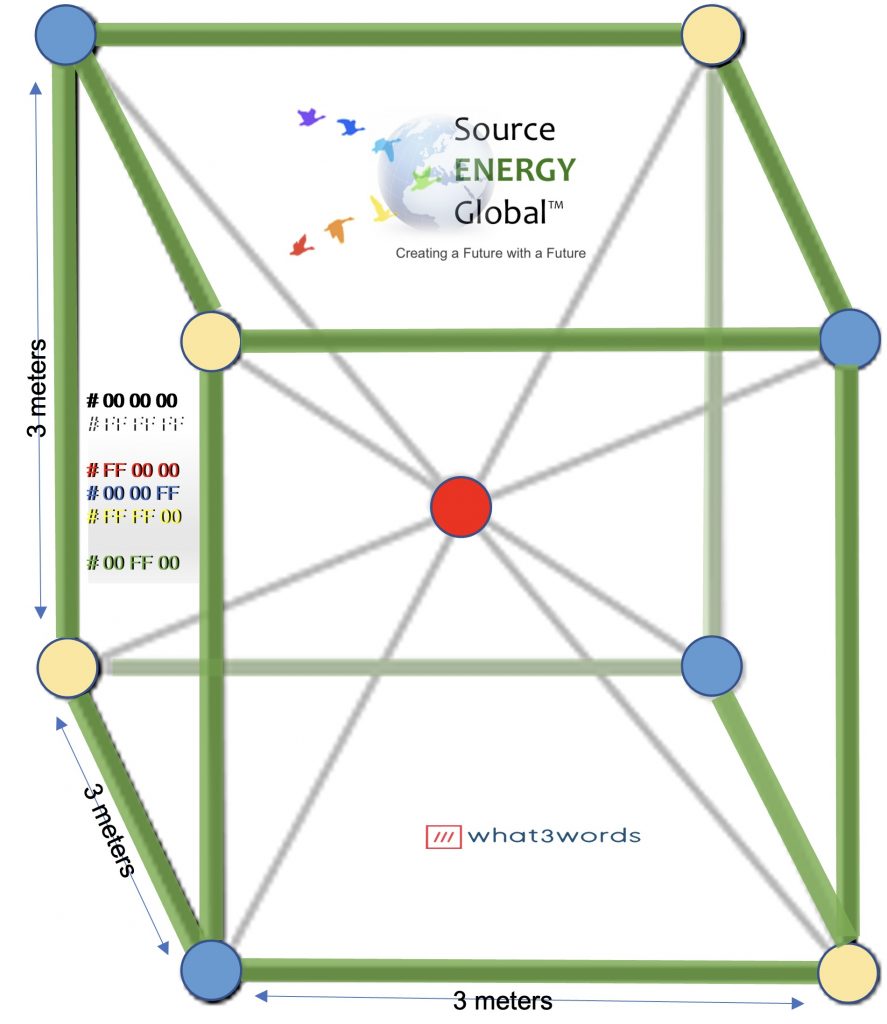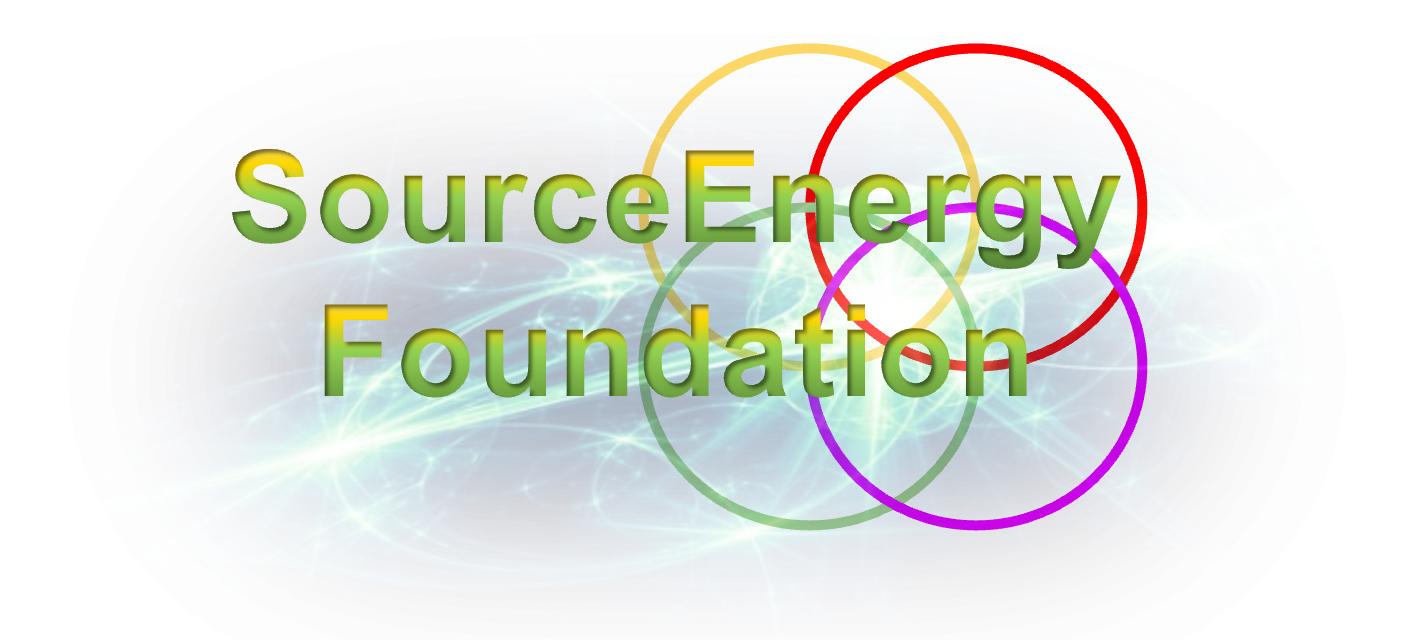42. Conductive Polymer/Methods for Making Carbon nanotube structural composites42.
| 42 | LAR-TOPS-292 | Conductive Polymer/Methods for Making Carbon nanotube structural composites |
Dear Dr. Oliver Jones,
The integration of Conductive Polymers and Carbon Nanotube Structural Composites offers a remarkable advancement that resonates profoundly with the components of your Wealth Ecology Model, namely Energy, Technology, Community, and Education. Such innovations in material sciences bring the promise of multi-faceted benefits, creating a harmonious balance of wealth across these key sectors.
Wealth Ecology Model Framework:
- Energy: In the domain of ‘Energy Wealth,’ the use of these composites introduces a paradigm shift in material efficiency. The conductive properties of such materials can be leveraged for energy-saving applications, potentially leading to more sustainable and energy-efficient building and manufacturing practices.
- Technology: On the ‘Technological Wealth’ front, the intersectionality between material sciences, nanotechnology, and chemical engineering represents a frontier of innovation. The creation and utilization of these composites are deeply rooted in advanced technology, pushing boundaries and opening doors for new applications, from aerospace to civil engineering.
- Community: With respect to ‘Community Wealth,’ such materials offer promising avenues for community development and public welfare. Their potential applications in construction, for instance, could usher in a new era of more sustainable, durable, and energy-efficient community infrastructure. Such advances can contribute to the health, safety, and overall wellbeing of community members.
- Education: As it pertains to ‘Educational Wealth,’ the exploration and manipulation of such complex materials can serve as an educational catalyst. Academic programs in material sciences, chemical engineering, and related disciplines can introduce coursework and research opportunities focused on these innovations. This can not only enrich the existing educational framework but also prepare future leaders in science and technology.
The multi-disciplinary nature of these conductive polymers and carbon nanotube structural composites is a quintessential example of how advancements in one field can ripple across multiple sectors. By closely aligning with the tenets of your Wealth Ecology Model, such innovations exemplify how focused, intelligent investment in technology can yield exponential returns in energy efficiency, community wellbeing, and educational enrichment.
Respectfully, SourceEnergy Group R&D

